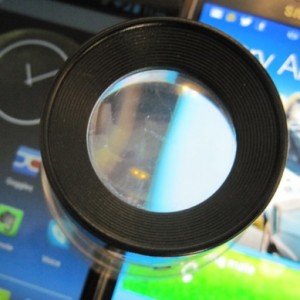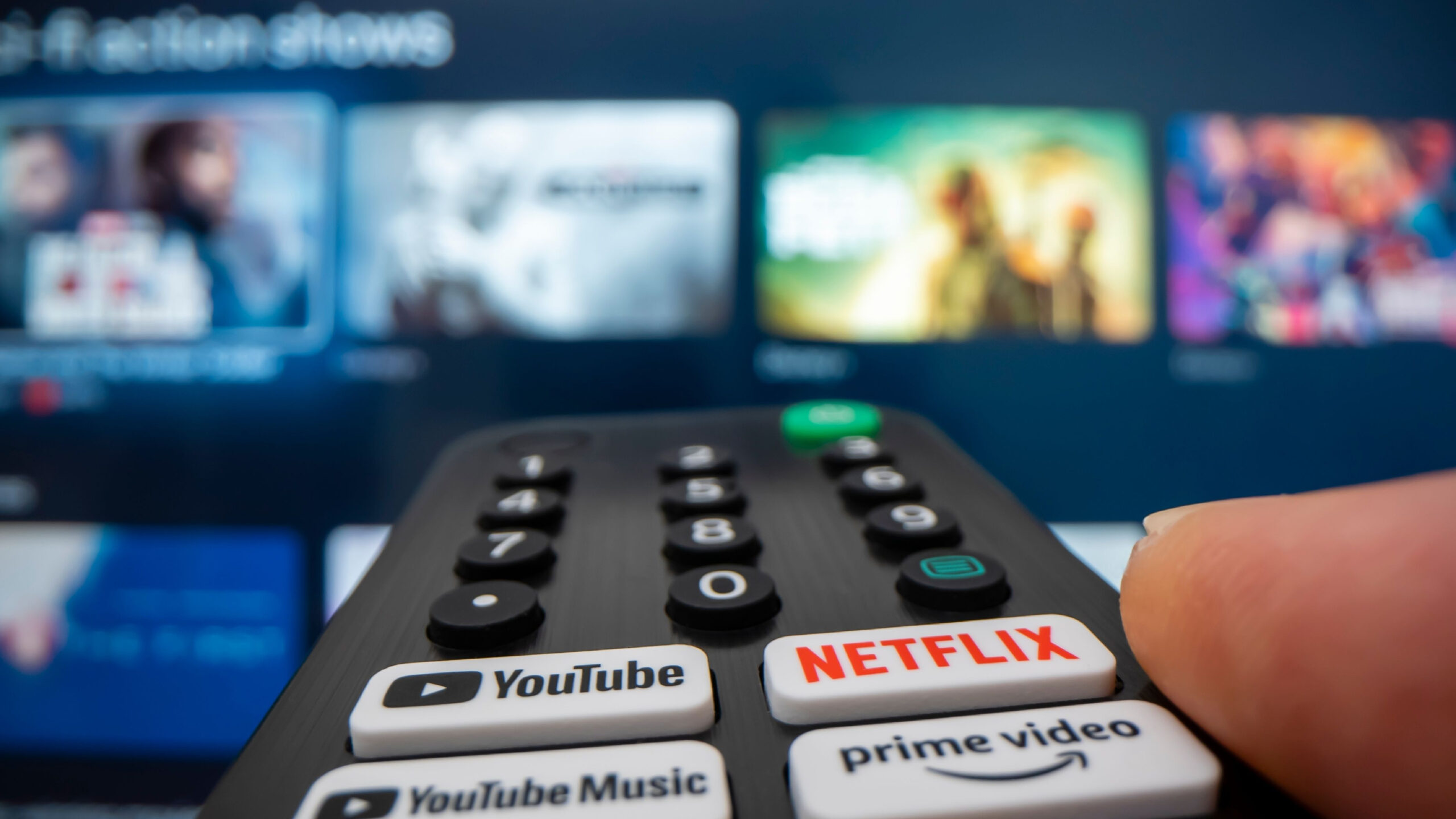Resolved: Competing Over Pocket-Sized Screen Resolution Has Gotten Out Of Hand
 By a year or so ago, the leading smartphone vendors could have jointly hoisted a “Mission Accomplished” banner–by then, they’d all succeeded in shipping displays with as much resolution as humans could hope to discern.
By a year or so ago, the leading smartphone vendors could have jointly hoisted a “Mission Accomplished” banner–by then, they’d all succeeded in shipping displays with as much resolution as humans could hope to discern.
Instead, many of them have since escalated this competition by shipping phones with even-denser displays that may now require upgrades to our own retinas to appreciate their awesomeness.
In the process, these companies risk replaying one of the older stories in competition: incumbent vendor overshoots while trying to satisfy one perceived customer demand, then astute upstarts notice how it’s neglected other needs and proceed to eat its lunch.
That’s not what I expected in 2010 when Apple introduced the idea of the “Retina Display” on the iPhone 4’s 960-by-640 pixel screen. Quadrupling the pixel count from the iPhone 3GS’s 480 by 320 screen–and going from 163 pixels per inch to 326–made the usual bitmapped edges on text and graphics vanish.
(Fun fact: According to the display calculator at Is this retina?, my old Treo 650’s 2.7-in., 320 by 320 screen had the first three iPhones beat in terms of pixel density, at 167 ppi.)
It seemed inevitable that other manufacturers would match this new standard. But many have since been vying to demonstrate their superiority by going past it.
As evidence, I have three phones on my desk at the moment: the LG Nexus 4 I bought in March, the HTC First I reviewed last week, and the Samsung Galaxy S 4 I just wrote up.
Going by pixel density, the Nexus 4 should be the loser of the bunch. At 1280 by 768 pixels, its 4.7-inch screen falls short of even the iPhone 4: just 320 pixels per inch. The HTC First packs almost the same resolution into a smaller, 4.3-in. display, allowing it to creep ahead at 341 ppi. And the 5-inch display on the Galaxy S 4 accommodates “full HD,” 1920 by 1080 pixels–for a whopping 441 ppi.
But if I set aside numbers and use my own fortysomething eyes, I can’t see the constituent picture elements on any of these, even when I bring their displays close enough for my vision to blur. (My eyesight falls off over distances, but it was fine up close at my last checkup.) And from 10 or 12 inches away, a more realistic viewing distance, I would defy anybody to spot the difference.
Conversely, if you look through a cheap photographer’s loupe at any of these magnificent displays, you can easily see distinct pixels. Oh, the humanity!
And those three phones don’t even represent the peak of this useless competition. The current pixel-density champ is the HTC One, which packs 468 ppi across its 4.7-inch display, but I won’t be surprised if somebody touts 500 ppi as the new magic number.
This can cause problems with power consumption, weight and even heat. But the real reason to resent this kind of gamesmanship is a different opportunity cost: The engineering talent and time required to cram the resolution of a 46-inch HDTV into a 5-inch phone screen could have been used to improve other things: maybe you’d have a better camera, or a thinner phone, or longer battery life.
And in chasing that one easy-to-advertise specification (even if it’s not as obnoxious a form of screen one-upmanship as building big-screen phones too large for single-handed use), they run an increasing risk of leaving a vacancy in the market for competitors with a different sense of what customers want.
We’ve seen this pattern of overshooting customer needs happen before. When PC manufacturers and mainstream chipmakers flaunted steadily-higher processor clock speeds, regardless of energy efficiency, they opened a huge window for ARM’s mobile-friendly chips. Digital-camera vendors repeated that mistake by focusing on ever-ascending megapixel resolutions when they needed to make it easy to get photos from a camera to the Internet.
The story of beyond-superlative resolution and subpar battery life also holds a lesson for those who want tech companies to create magic wands to stop online copyright infringement and ensure every last bit of legal use gets billed to the right creative types. Engineers and developers are not an infinitely scalable resource, and every one assigned to pursue an artificial goal is one who can’t tackle problems people actually want solved.








